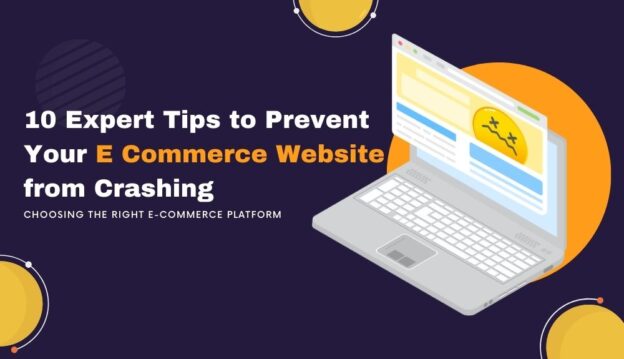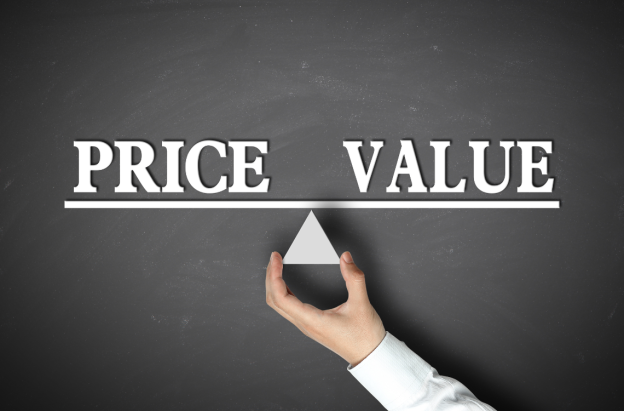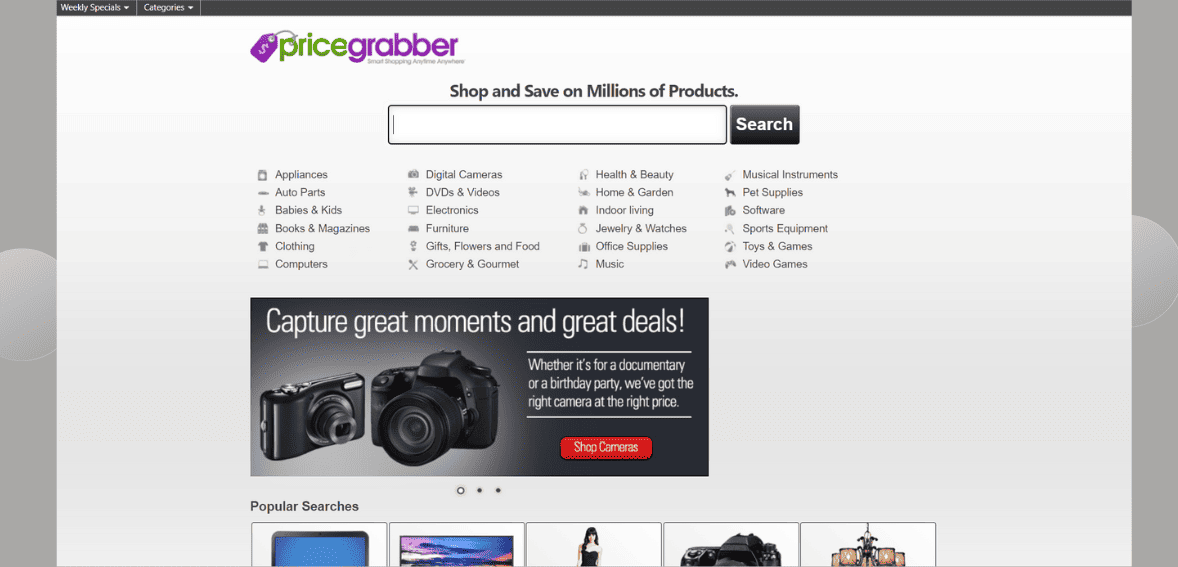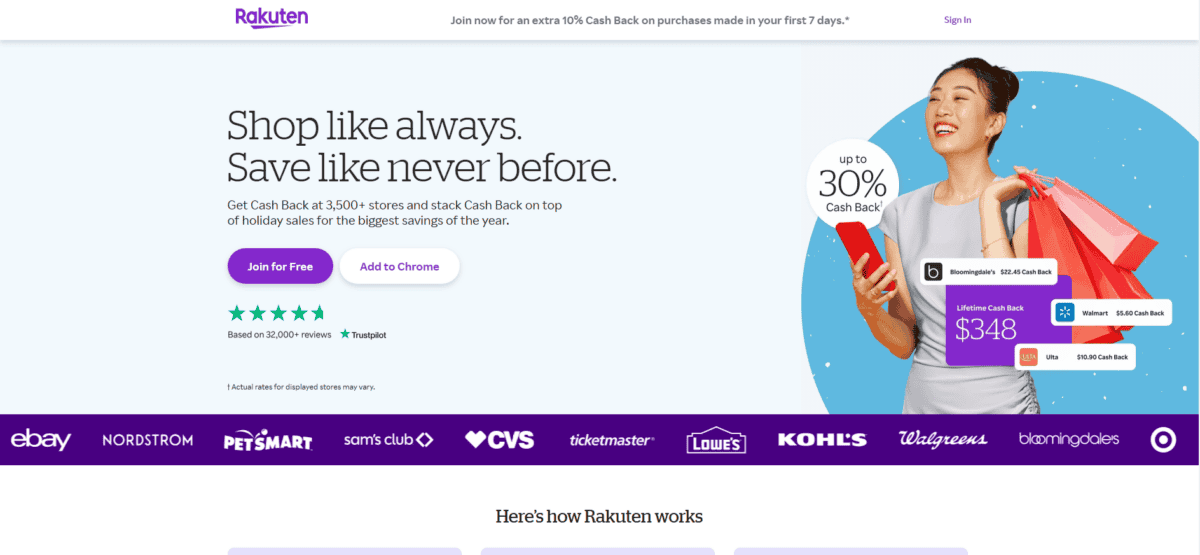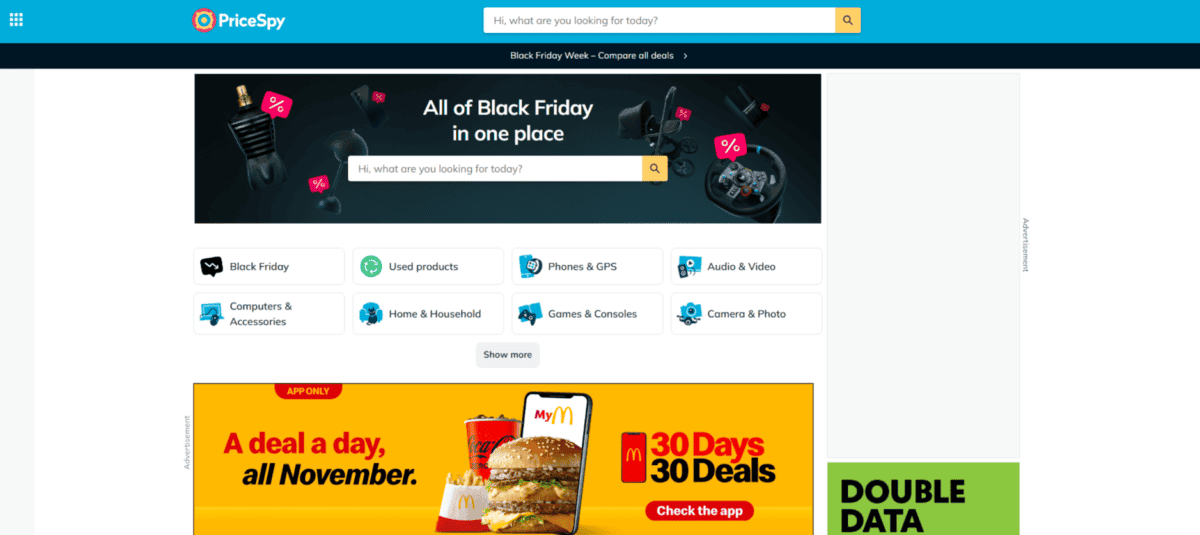Website stability is non-negotiable for any e-commerce store. A single instance of downtime can cost businesses not just sales but also customer trust and brand reputation. Drawing from expert sources and industry best practices, this article discusses 10 expert tips to prevent your e-commerce website from crashing.
Understanding the Stakes of E-commerce Website Stability
The implications of an e-commerce site crash extend far beyond temporary technical difficulties; they resonate across all aspects of a business, potentially leading to severe financial losses, compromised customer data, and irreversible damage to your brand’s reputation. In the competitive realm of online retail, the reliability of your website is not merely a technical requirement but a core component of your business strategy.
When an e-commerce site experiences downtime, the immediate effect is the loss of sales revenue. Every minute your site remains inaccessible, potential sales are slipping away—sales that may not necessarily return even after the issue is resolved. For businesses that operate exclusively online, this can mean substantial financial setbacks. However, the impact of a crash is not limited to direct sales alone; it also affects in-progress transactions, which can lead to incomplete orders, frustrated customers, and a congested customer service pipeline trying to resolve these issues post-downtime.
Moreover, during a website crash, there is a heightened risk of data breaches or loss. Customer information, transaction details, and other sensitive data may become vulnerable, leading to potential security threats that can compromise customer trust. Data breaches’ legal and financial ramifications, especially those involving personal and payment information, can be devastating. Compliance violations could lead to hefty fines and legal challenges that further strain your resources.
The long-term impact on brand reputation is perhaps even more damaging. Customers disappointed by their experience may turn to competitors and are likely to share their negative experiences online and through word-of-mouth, further tarnishing your brand’s image. In the age of social media, news of a website failure can spread rapidly, magnifying the reputational damage.
10 Expert Tips to Prevent Your E-Commerce Website from Crashing

As the digital marketplace grows and consumer expectations rise, the reliability of an e-commerce platform has become synonymous with the brand’s quality. Ensuring website stability is crucial for maintaining customer loyalty and fostering business growth. This means investing in robust hosting solutions, implementing proactive security measures, and continually monitoring and updating your website infrastructure. These steps are not just preventative measures but essential practices that help fortify your business against the potential chaos of a website crash.
1. Optimize Website Performance
Optimizing the performance of an e-commerce website is crucial to handling high traffic volumes and ensuring a smooth user experience. Regular performance optimization tasks such as code audits help identify inefficiencies that can slow down your site. Load testing simulates high-traffic conditions to ensure your site can handle sudden surges without performance degradation.
Utilizing tools like Google PageSpeed Insights provides actionable recommendations to enhance your site’s responsiveness and efficiency. These tools analyze your web pages and suggest optimizations such as compressing images, leveraging browser caching, and eliminating render-blocking JavaScript and CSS in above-the-fold content.
Addressing these recommendations can significantly improve load times, enhance user engagement, and reduce bounce rates.
2. Choose the Right Hosting Solution
Selecting the right hosting solution is fundamental for the reliability and scalability of your e-commerce platform. A suitable hosting provider offers scalable solutions, such as cloud hosting, which allows resources to adjust based on your site’s demand dynamically. This flexibility is crucial when traffic spikes are expected during sales or marketing events. Ensure your hosting provider offers robust uptime guarantees and proactive support for handling sudden traffic spikes.
Cloud hosting, in particular, is advantageous for its elasticity. It allows you to scale resources up or down as needed, ensuring that your site remains stable and responsive regardless of traffic volume. Additionally, reputable hosts will provide security measures and data backup services to safeguard your site further.
3. Implement Effective Load Balancing
Load balancing is a technique for distributing incoming network traffic across multiple servers to ensure no single server bears too much demand. By spreading the load, it prevents any one server from becoming a bottleneck, thus enhancing your site’s overall responsiveness during peak traffic periods.
Implementing effective load balancing improves website performance and adds a critical layer of redundancy, minimizing the risk of downtime. It can be achieved through various methods, including DNS-based load balancing or using dedicated load balancers.
This setup is particularly beneficial for e-commerce sites that experience variable traffic, ensuring that server resources are efficiently utilized and customer experiences remain consistent.
4. Keep Your Site Secure

Maintaining an e-commerce site’s security is paramount, as security breaches can lead to significant downtime and compromise sensitive customer data. Implementing comprehensive security measures such as regular software updates and patches is the first line of defense against vulnerabilities.
Secure transaction protocols, such as SSL certificates, encrypt data exchanged between users and the server, safeguarding personal and payment information. Additionally, deploying DDoS protection measures helps defend against malicious attempts to overwhelm your site with traffic, which can cause crashes.
Regular security audits and vulnerability scans can further bolster your defenses by identifying and addressing potential security gaps before attackers can exploit them.
5. Utilize a Content Delivery Network (CDN)
A Content Delivery Network (CDN) is an effective strategy to enhance the speed and stability of your e-commerce site. By caching content in multiple geographical locations worldwide, a CDN reduces the distance between users and the server resources they access.
This setup decreases load times significantly and reduces the burden on your primary server, spreading the load to prevent bottlenecks. Faster load times improve user experience, particularly for international customers, and can boost SEO rankings.
Additionally, because CDNs store cached versions of static resources, they can serve most user requests even if the original site is experiencing issues, enhancing overall site stability and availability.
6. Regularly Update and Backup Your Data
Keeping your e-commerce site’s software up to date is crucial to securing it from vulnerabilities that hackers could exploit. Outdated plugins and platforms pose security risks and introduce performance issues that may destabilize your site. Regular updates ensure compatibility with new technologies and enhance functionality. Additionally, routine backups are essential.
They act as a safety net, ensuring that if your site goes down, you can restore it quickly, minimizing downtime and preventing data loss. Backups should include all website data, applications, and databases and be stored in multiple secure locations to provide redundancy.
7. Monitor Server Health and Traffic

Implementing real-time monitoring tools is essential for maintaining the health of your e-commerce website. These tools can alert you to various performance issues, from sudden spikes in traffic to potential security breaches, before they result in site crashes.
Monitoring tools assess server utilization, application performance, and traffic patterns, providing analytics that help anticipate problems that could lead to downtime. By understanding these metrics, you can make informed decisions about when to scale resources or troubleshoot potential threats before they impact your site’s operational stability.
8. Simplify and Test Your Website
Complexity in web design can lead to unexpected issues that compromise site stability. By simplifying the design and features of your e-commerce site, you reduce the risk of errors and improve load times, enhancing overall user experience. Simplification should be followed by rigorous testing across multiple devices and operating systems to ensure compatibility and functionality.
Testing should cover all aspects of your site, including browsing, checkout, and payment processes, to ensure they work seamlessly under various conditions. This proactive approach helps identify potential fail points that could lead to site crashes.
9. Plan for Traffic Spikes
High-traffic events, such as sales or product launches, require careful planning to ensure your website can handle the increased load. This planning may involve boosting your server capacity, optimizing your site’s resources, or utilizing cloud services to scale up operations temporarily.
Enhancing your CDN coverage can also help manage the load by distributing traffic more evenly across the network. By preparing for expected traffic spikes in advance, you can prevent your site from crashing when it matters most, ensuring a smooth user experience and maximizing revenue opportunities.
10. Educate Your Team
Education and preparedness are key in preventing and managing website crashes. Ensure that your team is well-informed about the common causes of website crashes and trained on how to respond effectively. Regular training sessions should include simulations of different crash scenarios and walk-throughs of the emergency procedures and recovery protocols. Empowering your team with this knowledge improves response times and helps identify potential issues before they escalate into bigger problems. A well-prepared team is your first line of defense against disruptions, playing a crucial role in maintaining the stability and reliability of your e-commerce platform.
Advanced Strategies to Enhance E-commerce Website Stability
In addition to foundational practices such as optimizing performance and securing your platform, advanced strategies can further bolster the resilience of your e-commerce website. These methods focus on deeper technical enhancements, strategic planning, and the integration of cutting-edge technologies.
Integrate Advanced Caching Mechanisms
Effective caching is crucial for reducing the load on your web servers and enhancing the user experience by speeding up page load times. Implementing advanced caching mechanisms like object caching, which stores database query results, can significantly decrease the time it takes to retrieve data from your database. For dynamic e-commerce sites, using a tool like Redis or Memcached can provide the necessary performance boost during high-traffic periods.
Leverage Machine Learning for Predictive Analysis
Utilizing machine learning algorithms can transform how you anticipate and react to potential site crashes. These technologies can analyze vast amounts of data to predict traffic spikes and potential bottlenecks based on historical trends and real-time data. By integrating predictive analytics, you can proactively scale resources before traffic volumes peak, ensuring your site remains stable and responsive.
Implement Robust Error and Exception Handling

Robust error-handling mechanisms are essential to prevent a single point of failure from taking down your entire site. Structuring your site’s backend to handle exceptions gracefully ensures that if an error occurs, it doesn’t escalate into a full outage. Regularly reviewing logs and errors can help you identify recurring issues that could lead to stability problems if left unaddressed.
Automate Performance Testing
Regular performance testing is vital to maintaining the stability of your e-commerce site, but manual testing can be resource-intensive and prone to oversight. Automating your testing processes ensures that tests are run consistently and thoroughly.
Automated performance tests can simulate varying levels of load to check how well your site performs under different conditions and identify degradation in performance that might signal an impending crash.
Foster a Culture of Continuous Improvement
A proactive approach to website management involves continuously seeking ways to improve performance and stability. Encouraging a culture of innovation within your team can lead to more resilient infrastructure solutions.
Regular training sessions, workshops, and hackathons can inspire your team to come up with creative solutions to enhance site stability, improve security measures, and optimize performance.
Establish a Comprehensive Incident Response Plan
Despite all preventive measures, crashes can still occur. A comprehensive incident response plan ensures that your team can swiftly and effectively mitigate the impact. This plan should include detailed steps for diagnosing issues, communicating with stakeholders, and restoring services as quickly as possible.
Regular drills and reviews of the response plan keep your team prepared and ensure that the plan evolves with new technological and business developments.
Conclusion
Preventing an e-commerce website from crashing is crucial for maintaining continuous business operations and customer satisfaction. By implementing these expert tips, businesses can enhance their website’s resilience, provide a seamless shopping experience, and safeguard their digital and financial assets against unexpected disruptions.
Maintaining an e-commerce site requires diligence, proactive planning, and the right technological solutions. As the digital landscape evolves, so too should your strategies for ensuring the stability and security of your online presence.
Frequently Asked Questions (FAQs)
Advanced caching mechanisms like object caching help reduce server load and speed up page loading times by storing the results of database queries. This makes it quicker to retrieve data, enhancing the overall user experience during high-traffic periods.
Machine learning algorithms analyze historical data and real-time inputs to predict traffic spikes and potential system bottlenecks. This allows businesses to proactively adjust resources, preventing potential crashes and maintaining smooth operations.
An incident response plan ensures that if a crash occurs, there’s a predefined procedure to quickly address and resolve the issue, minimizing downtime and reducing the impact on user experience and sales. Regular drills help keep the response team prepared and efficient.

